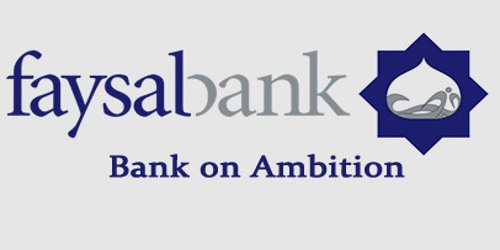A Chinese hydrogen supplier for fuel cell cars is seeking a Nasdaq debut early next year through a SPAC merger, which would give it a $1 billion valuation. Shenzhen State Fuel Cell Corporation (SFCC) will become the next in a long line of electric car startups to take the fast track to an IPO if the transaction with its unknown suitor goes through. The purchase comes as SPACs face increased scrutiny in the United States, as several EV businesses that went public in the previous two years have underperformed, prompting the Securities and Exchange Commission (SEC) to initiate investigations into claims of deceiving shareholders.
Following claims that they misled investors with unrealistic forecasts, promising businesses such as Nikola, Lordstown Motors, and Faraday Future have been forced to scale back their estimates and objectives. In March, the Securities and Exchange Commission (SEC) announced new standards for monitoring these transactions. SFCC, which offers the fuel cell technology for a number of Chinese enterprises’ commercial vehicles, forecasts a considerable increase in income this year. Local governments are collaborating with the firm to create hydrogen refueling stations for commercial cars.
A fuel cell car is an electric vehicle that runs on a combination of hydrogen and oxygen. The technology, which has been in and out of favor for passenger vehicles over the last decade owing to a lack of refueling infrastructure, has yet to garner widespread adoption in the United States, but it is becoming increasingly popular for buses and heavy transport. However, China, the world’s largest supplier of hydrogen and the world’s third-largest market for FCVs after Japan and South Korea, plans to put 1 million FCVs on the road by 2035.
Toyota, Honda, and other multinational manufacturers have also put money into R&D to bring fuel cell vehicles to market. ydrogen, the mystical gas foretold by Jules Verne in 1874 to be utilized as fuel, has long battled to gain the respect it deserves. It was discovered 400 years ago and has spent the majority of its life in obscurity, interrupted by a few dramatic moments but never truly living up to its full potential.
The world may be ready for hydrogen by 2021. Hydrogen is an energy transporter, not an energy source, with remarkable long-term energy storage capabilities, making it an excellent complement to weather-dependent energies such as solar and wind. Governments and corporate sector actors are paying attention to this gas, which is being propelled by new technology, global green energy regulations, post-pandemic “green recovery” plans, and a growing understanding that action is needed to battle climate change.
Joan Ogden, a UC Davis professor emeritus, began exploring hydrogen in 1985, when it was regarded “very fringey, weird stuff.” Over the years, she’s watched industry and governments toy around with hydrogen, then move on. She described how this new, more concentrated attention felt different. The fundraising activity in France is only one example of what’s going on across Europe and beyond. In an interview with TechCrunch, Sabrine Skiker, the EU policy manager for land transport at Hydrogen Europe, remarked, “Back in 2018, the hydrogen strategy in France was €100 million – a joke.” “I mean, compared to what we have now, it’s a joke.” We now have a strategy with a budget of €7.2 billion.”
















